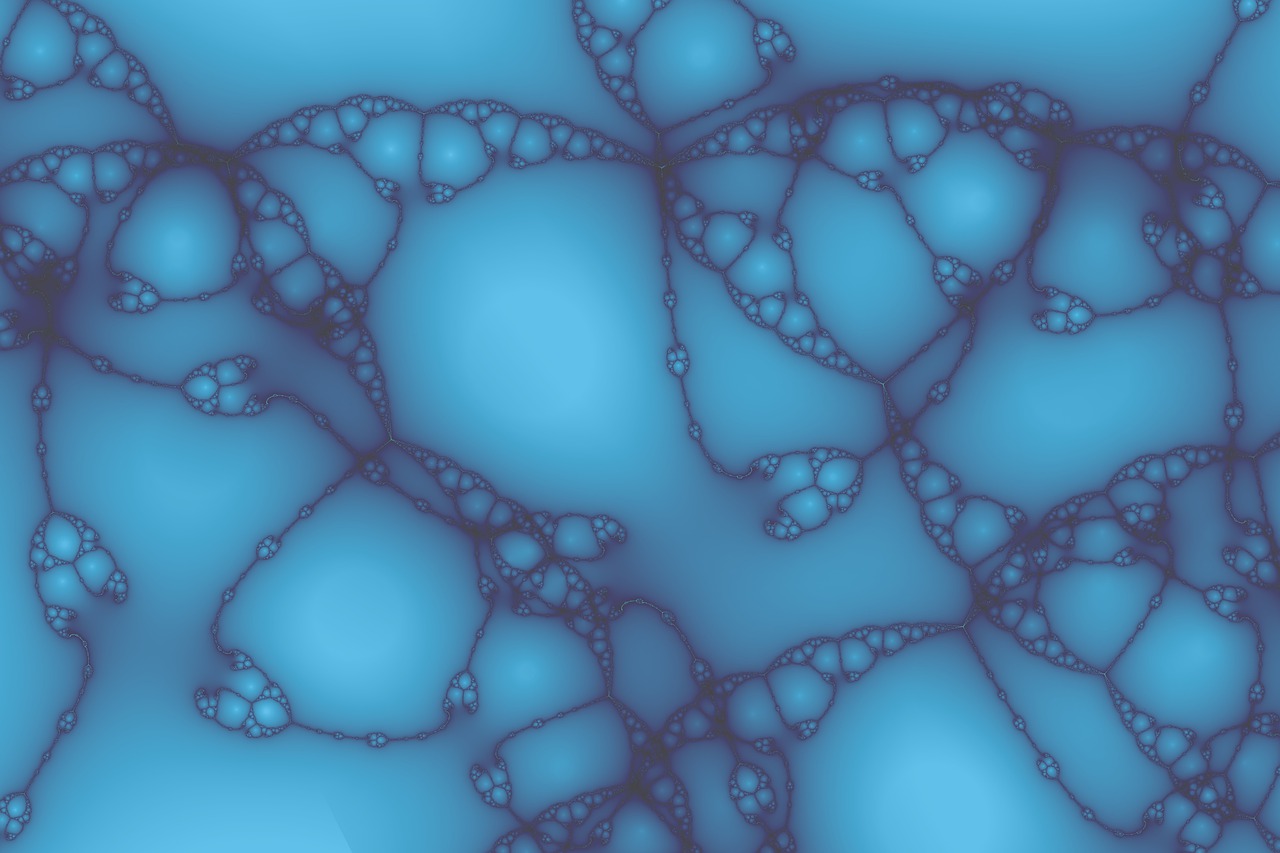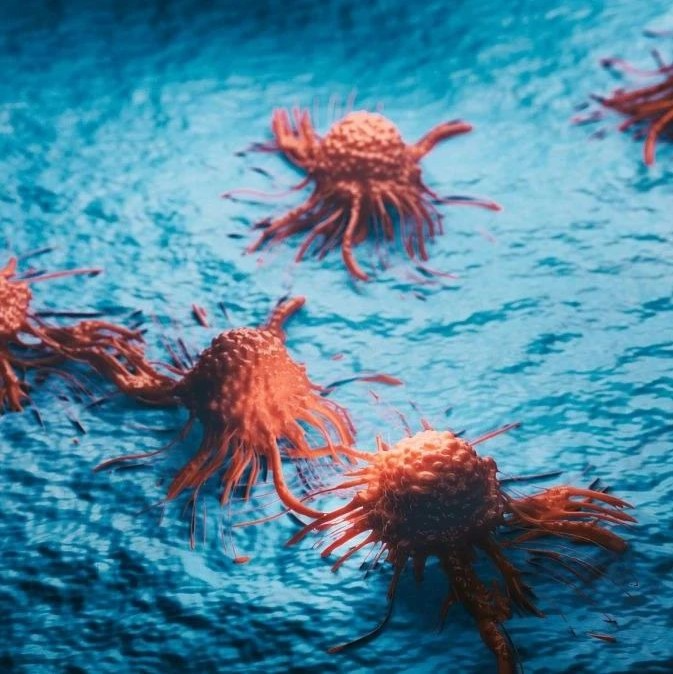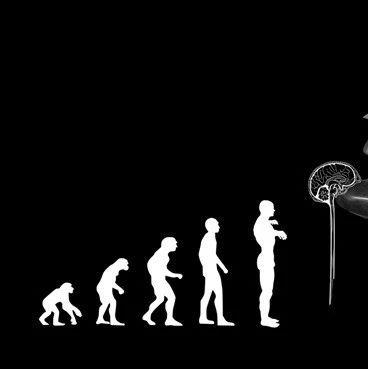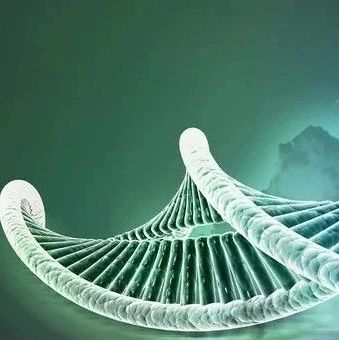日常生活中,每个人都或多或少收到过炎症的困扰。对于一些简单的炎症,我们可以很快获得治愈,对于一些类似于关节炎的顽固性炎症,则很难在短时间内摆脱痛苦。英国科学家最近发现了炎症治疗的新靶点——原发性纤毛,或许会为炎症治疗带来新希望。

英国伦敦大学玛丽女王学院科学家最近发表在《分子和细胞生命科学》期刊上的一篇论文称,他们发现原发性纤毛,一种极其微小的细胞器官,对于调节炎症具有重要作用,将会是一个治疗炎症的全新靶点。这一发现或许会为那些饱受关节炎困扰的病患带来福音。
为研究纤毛在炎症中所扮演的角色,研究人员将软骨细胞暴露于一种炎性蛋白——白介素(IL-1)之下,结果发现,仅过了3个小时,这些细胞原发性纤毛的长度就增长了50%。而当研究人员想办法阻止这些纤毛增长的时候,软骨细胞对于炎性蛋白的反应度大大降低而不再发炎。这一结果表明,原发性纤毛对调节炎症具有重要作用,可以作为治疗炎症的一个全新靶点。
“原发性纤毛的发现已有一个多世纪,但直至今日,我们才开始意识到它们的重要作用。通过改变纤毛的结构和功能,我们或许会开发出有效的新疗法,使病人受益。”主持该项研究的马丁·奈特博士说。
另一位论文作者安格斯·万博士则表示,这是科学家们第一次发现原发性细胞可作为降低炎症反应的治疗靶点,如果能够找到办法更好地操纵这些纤毛,就有可能减弱炎症甚至阻止炎症的发生。

 Primary cilia elongation in response to interleukin-1 mediates the inflammatory response
Primary cilia elongation in response to interleukin-1 mediates the inflammatory response
A. K. T. Wann and M. M. Knight
Primary cilia are singular, cytoskeletal organelles present in the majority of mammalian cell types where they function as coordinating centres for mechanotransduction, Wnt and hedgehog signalling. The length of the primary cilium is proposed to modulate cilia function, governed in part by the activity of intraflagellar transport (IFT). In articular cartilage, primary cilia length is increased and hedgehog signaling activated in osteoarthritis (OA). Here, we examine primary cilia length with exposure to the quintessential inflammatory cytokine interleukin-1 (IL-1), which is up-regulated in OA. We then test the hypothesis that the cilium is involved in mediating the downstream inflammatory response. Primary chondrocytes treated with IL-1 exhibited a 50 % increase in cilia length after 3 h exposure. IL-1-induced cilia elongation was also observed in human fibroblasts. In chondrocytes, this elongation occurred via a protein kinase A (PKA)-dependent mechanism. G-protein coupled adenylate cyclase also regulated the length of chondrocyte primary cilia but not downstream of IL-1. Chondrocytes treated with IL-1 exhibit a characteristic increase in the release of the inflammatory chemokines, nitric oxide and prostaglandin E2. However, in cells with a mutation in IFT88 whereby the cilia structure is lost, this response to IL-1 was significantly attenuated and, in the case of nitric oxide, completely abolished. Inhibition of IL-1-induced cilia elongation by PKA inhibition also attenuated the chemokine response. These results suggest that cilia assembly regulates the response to inflammatory cytokines. Therefore, the cilia proteome may provide a novel therapeutic target for the treatment of inflammatory pathologies, including OA.
文献链接:https://www.springerlink.com/content/01w4010683682702/fulltext.html







